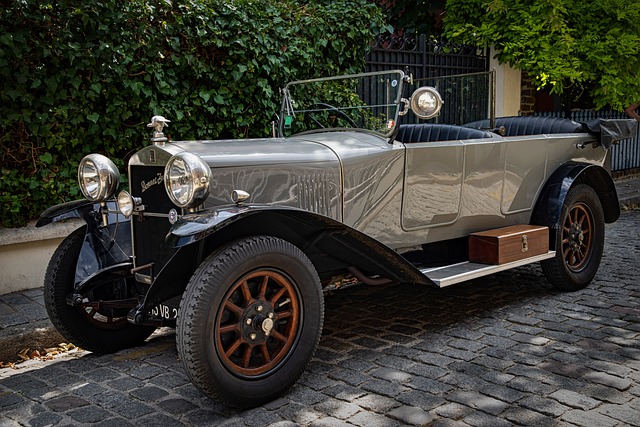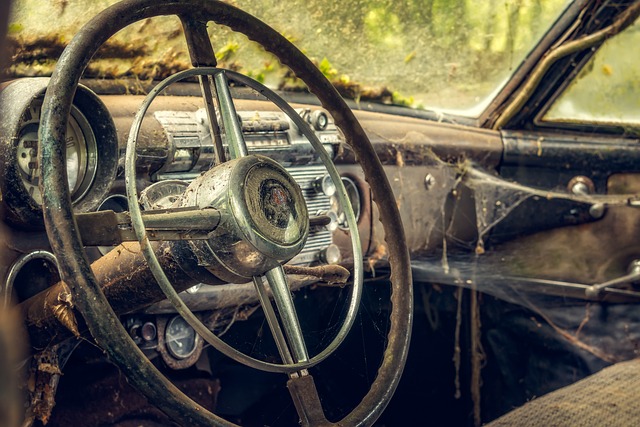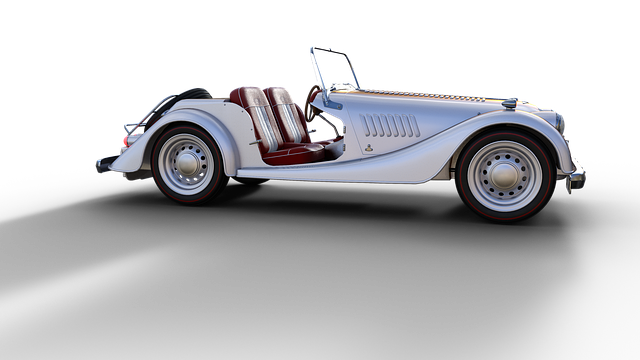Shipping classic and vintage cars demands a balance between protection and display. Enclosed transport ensures climate control, vital for preserving delicate finishes, but limits visibility and airflow. Open-air shipping offers a visually stunning journey, showcasing vehicles' beauty, yet lacks physical barriers, making it more vulnerable to weather and debris. Car enthusiasts must weigh these factors when choosing the best method to safely and attractively transport their cherished classics.
When shipping classic or vintage cars, choosing between enclosed and open transport options is crucial. This article provides a comprehensive overview of these two distinct methods, highlighting their unique features and implications. We’ll explore the pros and cons of enclosed shipping for precious vehicles, while also underscoring the benefits of open-air transportation—a testament to the allure of letting the wind whisper through your beloved car’s exterior.
- Understanding Enclosed and Open Car Transport: A Comprehensive Overview
- Pros and Cons of Shipping Classic and Vintage Cars Enclosed
- The Benefits of Opting for Open Air Transportation for Your Beloved Vehicle
Understanding Enclosed and Open Car Transport: A Comprehensive Overview

Enclosed and open car transport refer to two distinct methods of moving vehicles, each with its own set of advantages tailored to specific needs. Enclosed transport involves securing cars within a sealed, climate-controlled container, offering protection from environmental elements like extreme weather conditions, road debris, and potential theft. This method is ideal for shipping classic and vintage cars, which require meticulous care to preserve their historical value, intricate details, and delicate finishes.
Open car transport, on the other hand, involves carrying vehicles on open-air flatbed trucks or trailers, exposing them directly to the elements. Despite this lack of physical protection, open transport is often preferred for its cost-effectiveness and speed. It’s suitable for more modern cars that are less susceptible to damage from weather and road conditions, and it caters to those seeking a quicker turnaround time without incurring the additional expenses of enclosed shipping. When considering options for shipping classic and vintage cars, understanding these differences is key to selecting the best method for preserving your vehicle during transit.
Pros and Cons of Shipping Classic and Vintage Cars Enclosed

When it comes to shipping classic and vintage cars enclosed, there are several advantages and disadvantages to consider. One of the primary benefits is protection from the elements. Enclosed transport ensures your vehicle remains free from dust, dirt, and extreme weather conditions, preserving its condition during transit. This is particularly crucial for older cars with delicate finishes or parts that require meticulous care.
However, enclosed shipping also has its drawbacks. The limited airflow can lead to higher humidity levels inside the carrier, which may contribute to rust or mold growth if not properly addressed. Additionally, the lack of visibility during transport might concern car enthusiasts who enjoy observing their vehicle’s journey. Enclosed carriers typically offer less space, potentially restricting movement and access for inspections, unlike open-air transport options that provide a clearer view of the entire process.
The Benefits of Opting for Open Air Transportation for Your Beloved Vehicle

Opting for open-air transportation offers a unique and appealing experience, especially for owners of classic and vintage cars. Unlike enclosed carriers that protect vehicles from external elements, open transport allows your beloved automotive treasures to be fully exposed to the sky above, providing an unparalleled visual spectacle. This is particularly beneficial for iconic vehicles with distinctive designs, as it showcases their elegant lines, curvaceous bodies, and classic aesthetics in all their glory.
For car enthusiasts, shipping classic and vintage cars in an open-air carrier offers a sense of freedom and adventure. It provides an opportunity to witness the vehicle’s beauty in motion, moving along scenic routes, and enjoying the wind in its engines and through its open windows. This method of transportation can also be more cost-effective for older or less common car models, as it eliminates the need for specialized enclosed containers, making it a preferred choice for those looking to display their classics in style.
When deciding between enclosed and open car transport, whether for classic or vintage vehicles, it’s clear that each method has its advantages. Enclosed shipping provides maximum protection against elements and potential damage, ideal for irreplaceable classics. However, open-air transportation offers a unique experience, allowing your vehicle to be admired in all its glory while also being cost-effective. Ultimately, the choice depends on your car’s value, condition, and the level of exposure you’re comfortable with during transit, ensuring your beloved classic or vintage car arrives safely and securely.
